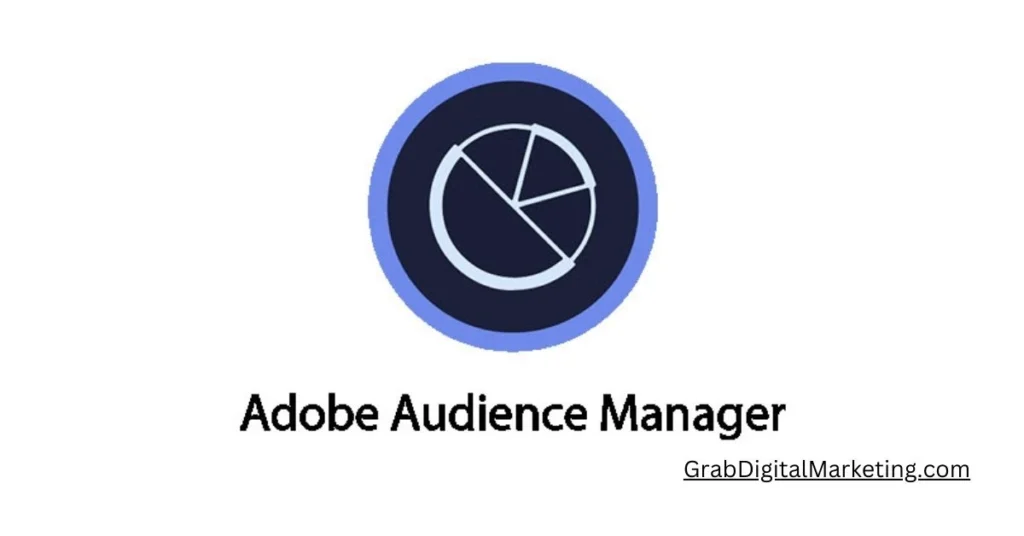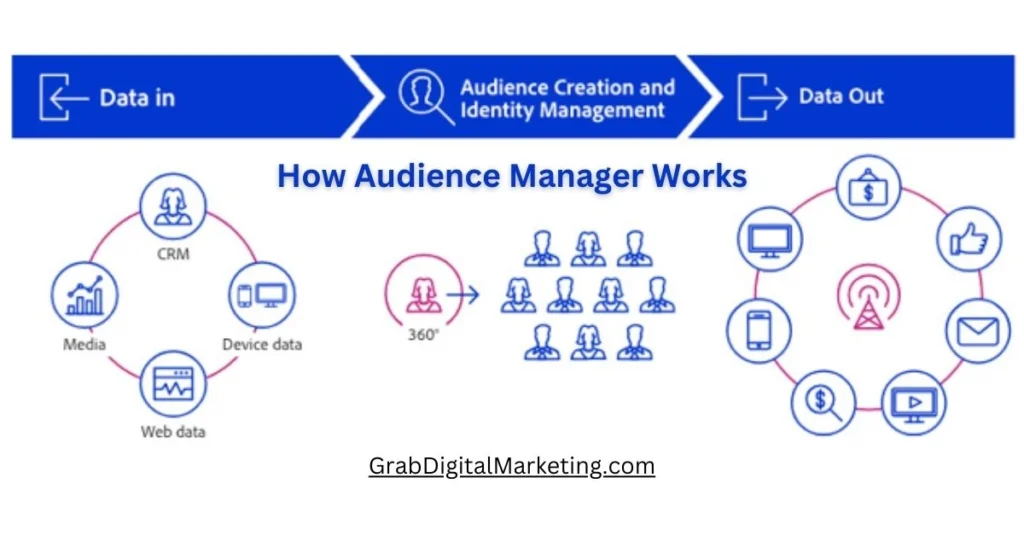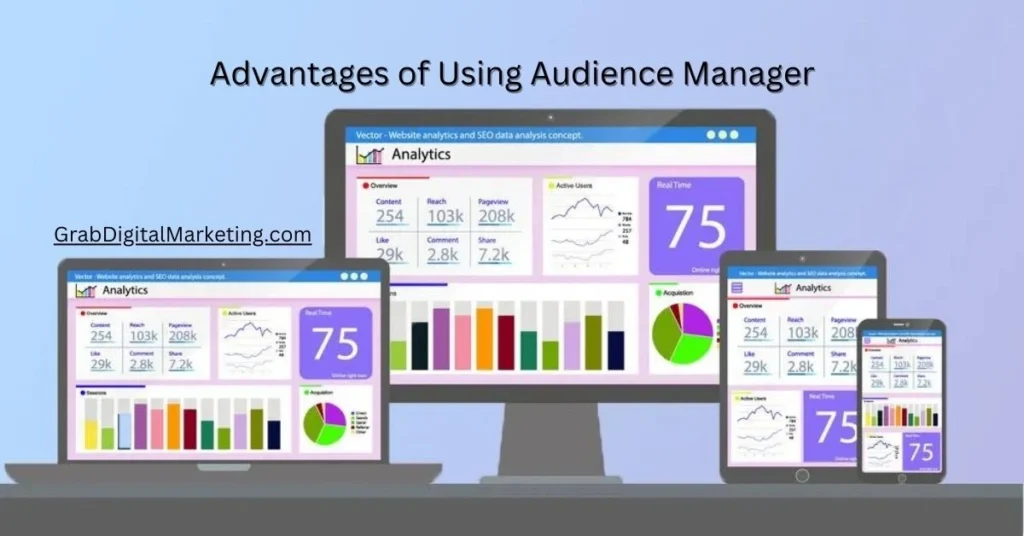Audience Manager, specifically Adobe Audience Manager (AAM), is a data management platform (DMP) designed to help organizations efficiently collect, organize, and activate data to create more personalized customer experiences. By leveraging tools like AAM, businesses can improve their digital marketing strategies, build meaningful customer connections, and maximize the return on their marketing investments.
Table of Contents
What is Adobe Audience Manager (AAM)?

Adobe Audience Manager is part of Adobe Experience Cloud and is a central hub for managing first-party, second-party, and third-party data. It helps businesses unify fragmented data from various sources, create actionable audience segments, and activate them across marketing channels.
Key Features of Audience Manager

1. Data Collection and Integration
AAM allows marketers to integrate data from multiple sources, such as websites, mobile apps, CRM systems, social media platforms, and third-party data providers. It uses data connectors, Application Programming Interfaces (APIs), and tags to ensure seamless data ingestion.
The platform supports the collection of first-party data (customer data collected directly by the company), second-party data (partner-shared data), and third-party data (acquired from external data providers).
2. Profile Building
Audience Manager constructs detailed customer profiles by combining diverse data points, such as demographics, behavior, interests, and device usage. These profiles provide a 360-degree view of customers, enabling businesses to understand and address their needs.
3. Audience Segmentation
Segmentation is one of AAM’s strongest capabilities. It allows marketers to create granular audience segments based on various parameters, such as age, location, purchase history, online activity, or preferences. These segments can be used to deliver tailored content and offers.
4. Lookalike Modeling
AAM enables marketers to identify potential new customers by using lookalike modeling. This involves analyzing existing customer segments and finding prospects who exhibit similar traits or behaviors.
5. Real-Time Targeting
With its real-time data capabilities, AAM ensures that audience segments are updated dynamically. This allows businesses to deliver timely and contextually relevant messaging.
6. Cross-Channel Activation
The platform integrates seamlessly with other Adobe Experience Cloud solutions and third-party platforms to activate audience segments across multiple channels, including email, social media, search, and display ads.
7. Privacy and Compliance
Audience Manager prioritizes data security and compliance with regulations, such as GDPR (General Data Protection Regulation) and CCPA (California Consumer Privacy Act). It offers tools to manage consent, data retention, and identity governance.
8. Insightful Analytics
The platform provides analytics tools to measure the performance of audience segments and marketing campaigns. These insights help businesses optimize their strategies for better outcomes.
How Audience Manager Works

Step 1: Data Collection
AAM starts by collecting data from a variety of sources, including websites, mobile apps, offline systems, and third-party vendors. This data is unified into a centralized data repository.
Step 2: Data Unification
The collected data is deduplicated, normalized, and structured to build unified customer profiles. AAM uses identity resolution to match data points across devices and channels, ensuring an accurate representation of each individual.
Step 3: Audience Segmentation
Marketers use the platform’s intuitive interface to define audience segments based on behavioral, demographic, and contextual attributes. For example, a retailer might create segments for “frequent buyers,” “window shoppers,” and “cart abandoners.”
Step 4: Audience Activation
Once the segments are created, AAM connects them to various marketing platforms for activation. Businesses can deliver targeted advertisements, personalized emails, or tailored website content to their chosen segments.
Step 5: Performance Measurement
AAM tracks the performance of activated segments and provides insights into their engagement levels. This enables marketers to refine their strategies and improve future campaigns.
Use Cases of Audience Manager

1. Personalized Marketing
By segmenting audiences and understanding their preferences, AAM helps businesses deliver personalized content and offers that resonate with their target customers.
2. Retargeting
Audience Manager allows marketers to identify and retarget users who have interacted with their brand but have not completed a desired action, such as making a purchase.
3. Omnichannel Campaigns
The platform facilitates consistent messaging across various channels, ensuring customers have a seamless experience regardless of how they interact with the brand.
4. Audience Insights
With comprehensive analytics, AAM provides valuable insights into audience behavior, enabling businesses to make data-driven decisions.
5. Customer Acquisition
Using lookalike modeling, businesses can identify and target potential customers who are similar to their existing audience.
Advantages of Using Audience Manager

- Enhanced Customer Understanding: Gain a deeper understanding of customer needs and preferences.
- Improved ROI: Increase return on investment by targeting the right audience with relevant content.
- Scalability: Handle large volumes of data and scale audience segmentation efforts as needed.
- Integration Capabilities: Seamlessly integrate with other marketing tools and platforms.
- Real-Time Data: Act on real-time customer data to stay ahead of competitors.
Challenges and Considerations

Despite its benefits, Audience Manager comes with Certain challenges:
- Data Quality: Success depends on the availability and accuracy of the data Being fed into the system.
- Complexity: Setting up and managing the platform requires skilled professionals.
- Cost: AAM can be expensive for smaller businesses with limited budgets.
Conclusion
Adobe Audience Manager is a powerful tool for businesses looking to leverage data to improve their marketing efforts. By centralizing data, building detailed profiles, and enabling actionable audience segmentation, AAM empowers organizations to deliver personalized experiences that foster customer loyalty and drive results. While it requires thoughtful planning and resources to implement effectively, the benefits of using a platform like Audience Manager far outweigh the challenges. Whether you’re aiming to boost customer acquisition, improve retention, or optimize cross-channel campaigns, Audience Manager offers the capabilities to achieve your marketing goals.




